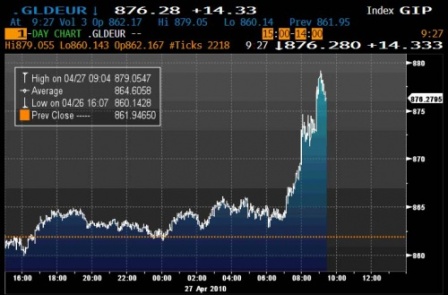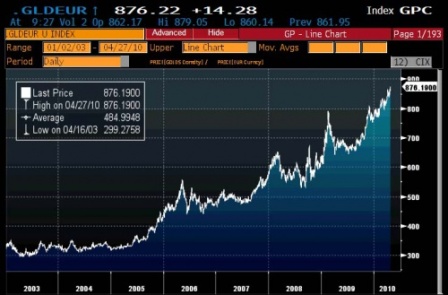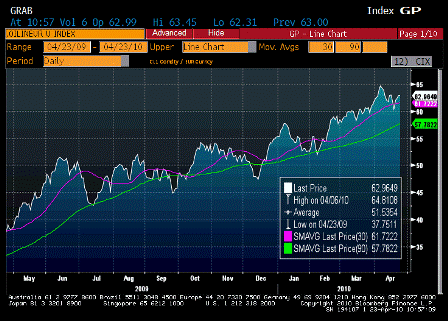I tend to agree with Karim and Fed Chairman Bernanke.
Modestly improving GDP growth with unemployment coming down very gradually until a consumer credit expansion takes hold.
Good for stocks, not so good for most of the people still struggling to survive, as the Obama administration continues to preside over what might be the largest transfer of wealth from bottom to top in the history of the world.
And no credible energy policy. We are completely at the mercy of the Saudis who can unilaterally hike prices any time they feel like it.
Karim writes:
- ISM shows lift from inventories likely has run its course as inventory component crossed back above 50
- But customer inventories remain low and employment index rises to second highest level since 2004
- Going forward, private demand, not inventory rebuilding will drive manufacturing
- Bernanke addressed this today (below) and seems to maintain his above consensus growth forecast
| July | June | |
| Index | 55.5 | 56.2 |
| Prices paid | 57.5 | 57.0 |
| Production | 57.0 | 61.4 |
| New Orders | 53.5 | 58.5 |
| Inventories | 50.2 | 45.8 |
| Customer inventories | 39.0 | 38.0 |
| Employment | 58.6 | 57.8 |
| New export orders | 56.5 | 56.0 |
| Imports | 52.5 | 56.5 |
- “Business in July was strong, the best month since October 2008.” (Fabricated Metal Products)
- “Slow economy has killed sales for new equipment orders.” (Machinery)
- “Quoting activity and sales are slow, and backlog is dropping.” (Computer & Electronic Products)
- “Business continues to be sluggish and has fallen slightly as the economic ills continue.” (Nonmetallic Mineral Products)
- “Retailers are still unwilling to gamble on inventory.” (Printing & Related Support Activities)
Bernanke
While the support to economic activity from stimulative fiscal policies and firms’ restocking of their inventories will diminish over time, rising demand from households and businesses should help sustain growth. In particular, in the household sector, growth in real consumer spending seems likely to pick up in coming quarters from its recent modest pace, supported by gains in income and improving credit conditions. In the business sector, investment in equipment and software has been increasing rapidly, in part as a result of the deferral of capital outlays during the downturn and the need of many businesses to replace aging equipment. At the same time, rising U.S. exports, reflecting the expansion of the global economy and the recovery of world trade, have helped foster growth in the U.S. manufacturing sector.
To be sure, notable restraints on the recovery persist. The housing market has remained weak, with the overhang of vacant or foreclosed houses weighing on home prices and new construction. Similarly, poor economic fundamentals and tight credit are holding back investment in nonresidential structures, such as office buildings, hotels, and shopping malls.




